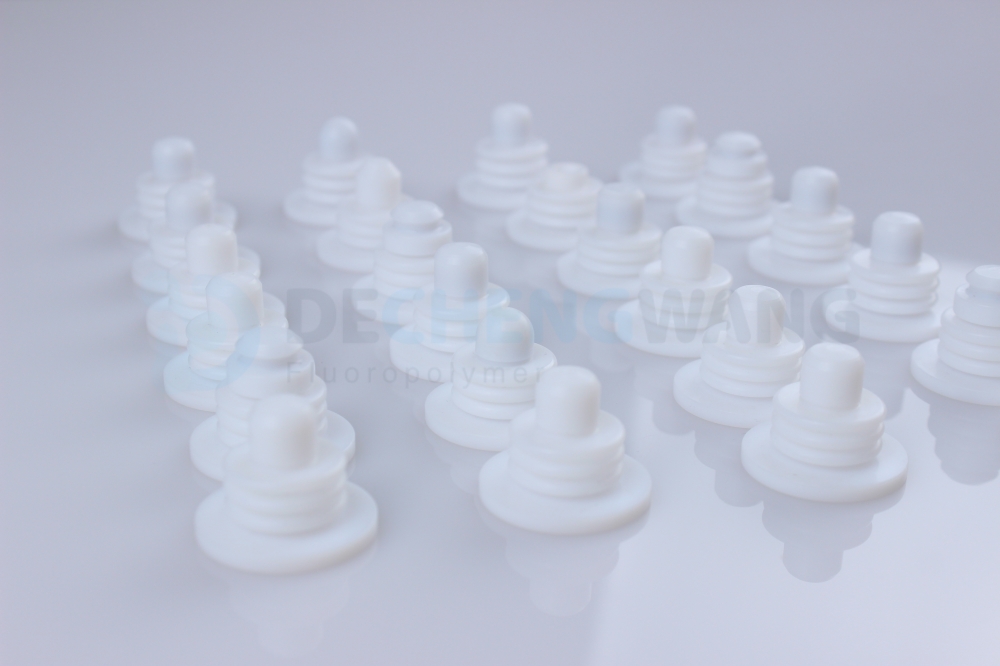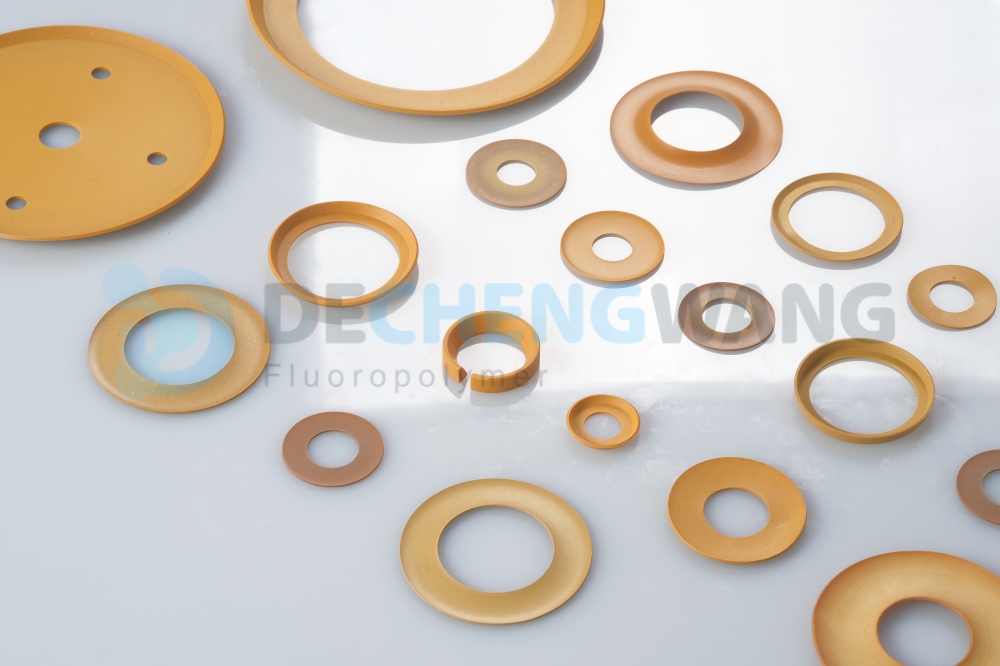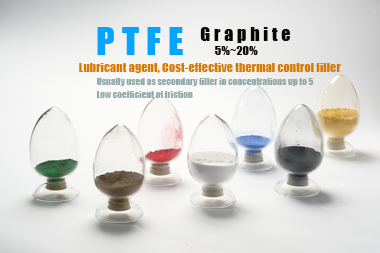The labyrinth seal is a vital component used by professionals across many industries for effective sealing solutions. It has a tortuous and non-contact design, which makes it unique and superior to other sealing components.
In this article, we will explore more about labyrinth seal, discussing what it is, its applications across major industries, its types, the materials it is made of, and its benefits.
What is Labyrinth Seal
A labyrinth seal is a critical mechanical component used in applications where the stoppage of fluid leakage is essential. Having a distinct design with a series of interlocking components, the labyrinth seal has twisted, blocked paths that restrict fluid escape.
Labyrinth seal has a non-contact design that prevents frictional contact, which is a common cause of wear and tear. This results in longer service life and reduced maintenance cost for your mechanical components. Also, it can withstand misalignment and shaft deflection, guaranteeing optimal sealing even under challenging operating conditions.
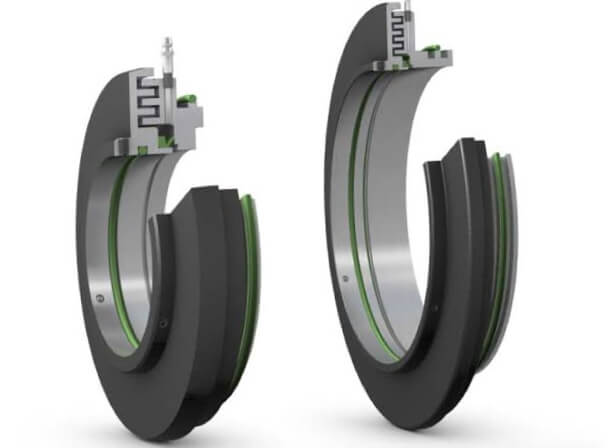
Applications of Labyrinth Seal
The labyrinth seal is an effective component that’s commonly used across various industries. Below are 4 major industries where it is applied:
Automotive Industry
In the automotive industry, the labyrinth seal is primarily used in the engine and drivetrain system.
In the engine, it stops the leakage of oil or coolant between various sections, like the crankshaft and camshaft. The seal ensures that fluids remain in their designated areas, and this results in efficient lubrication and cooling, as well as protection against contaminants.
In the drivetrain, it plays a crucial role in maintaining the integrity of lubricants and preventing the entry of contaminants, which results in an extension of the drivetrain components’ lifespan. It is commonly used in components like the differential and axle shaft.
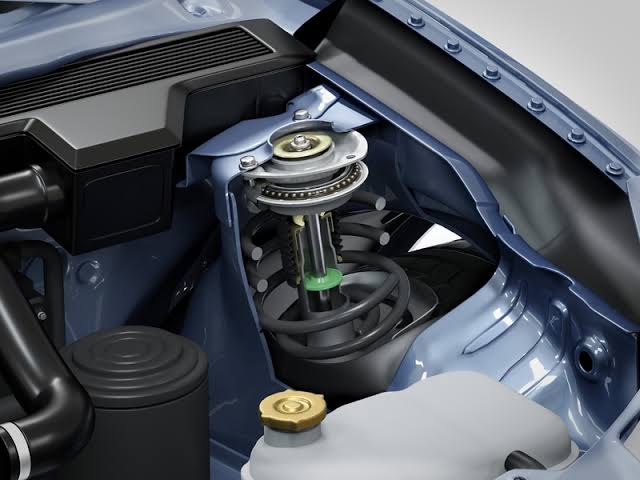
Aerospace and Aviation
The significance of the labyrinth seal in the aerospace and aviation sector can’t be ignored, as it contributes to withstanding high temperatures, pressures, and rotational speeds.
In the aircraft engine, it helps in containing the flow of air and combustion gases, especially in sections with varying pressure zones. A labyrinth seal ensures that hot and cool gases are passed through the different channels. This improves engine efficiency, minimizes fuel usage, and stops leakages that could damage the engine.
Also, it is commonly utilized in sealing critical systems like hydraulic and fuel systems. The labyrinth seal prevents leakage of hydraulic fluids or fuel, guaranteeing the optimal performance of aircraft systems and reducing the risk of fire hazards.
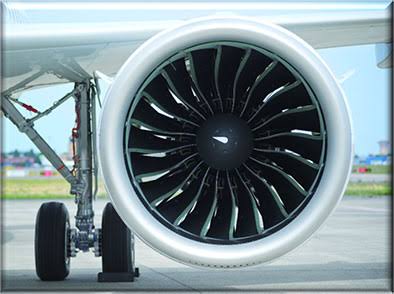
Oil and Gas Industry
The application of labyrinth seals in the oil and gas industry cuts across various equipment like pumps, compressors, and turbines. The seal helps to prevent leakage of fluids and gases, ensuring the integrity and safety of this equipment.
The design of the seal helps in maintaining the separation of different process fluids, like oil, gas, and water. It ensures that the fluids and gases are retained in their designated areas, making sure that they are not contaminated.
Also, labyrinth seals are applied in wellhead equipment to offer effective sealing solutions in parts like the casing and tubing annulus. The seal disallows the escape of oil, gas, or other fluids. This results in the overall safety and environmental protection in oil and gas operations.
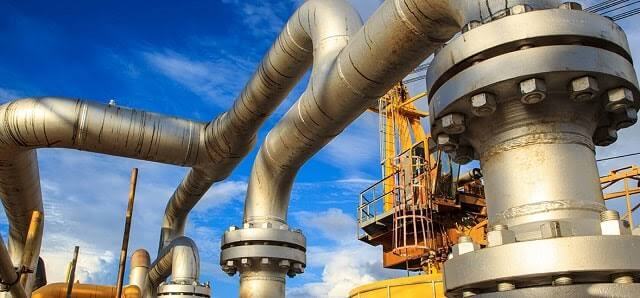
Marine and Shipbuilding
One of the main applications of labyrinth seals in the marine and shipbuilding sector can be found in the propulsion system. The seal maintains the watertight integrity of the hull, thereby preventing water from entering the ship from the shaft openings.
You will also find the application of labyrinth seals in fluid handling systems like pumps and valves. The seals ensure the quality of the fluid transported whether seawater, fuel, or chemicals isn’t contaminated.
Additionally, labyrinth seal usefulness extends to shipboard equipment like gearboxes, thrusters, and stern tubes.

The Most Common Labyrinth Seal Types and Materials
There are various labyrinth seal types and materials, and each of them has its best applications. Choosing the perfect option will determine the application efficiency.
Labyrinth Seal Types
- Straight-Through Labyrinth Seals
Also known as a straight labyrinth seal, this is a fundamental labyrinth seal type that features a series of axial grooves or teeth fabricated into both stationary and rotating components.
These grooves are designed to form a hard path for the fluid to go through, which effectively impedes leakage. The straight-through labyrinth seal is often used in applications that require moderate sealing efficiency like pumps, turbines, and compressors.
- Stepped Labyrinth Seals
Just as the name suggests, this seal consists of steps in the axial depth of the grooves along the sealing path. It’s made with the steps to increase the pressure differential across the seal and ensure tight sealing.
This is one of the labyrinth seal types that’s utilized in high-performance applications that require a higher level of sealing efficiency, like gas turbines, steam turbines, and high-pressure compressors.
- Hybrid Labyrinth Seals
This is the integration of traditional types of seals into the labyrinth structure, making the seal additional tightness capabilities.
These labyrinth seal types are popularly used in applications that require high sealing performance and tolerance to shaft movement, like large gas turbines, turboexpanders, and high-speed rotating equipment.
Labyrinth Seal Materials
- High-Performance Plastics
Common high-performance plastic labyrinth seal materials are Polytetrafluoroethylene (PTFE), Polyvinylidene Fluoride (PVDF), Polyimide (PI), Perfluoroalkoxy Alkane (PFA), and Polyetheretherketone (PEEK).
These materials have outstanding properties like great chemical resistance, low friction coefficients, and high wear resistance, which makes them capable of withstanding a wide range of operating temperatures and providing effective sealing in various environments.
These plastics are also suitable for applications that require the use of non-metallic materials to prevent galvanic corrosion and reduce weight and friction. Popularly used applications are in the aerospace and automotive industries.
- Steels
Common steels used as labyrinth seal materials are carbon steel, stainless steel, and alloy steel. These materials have excellent properties like high mechanical strength, resistance to wear and corrosion, and durability.
They are popularly used for applications that involve sealing against chemicals, as well as aggressive media or fluids. Commonly used applications are oil & gas and marine & shipbuilding industries.
- Bronze
Another popular labyrinth seal material is bronze, and its use is most common in applications that involve high-speed rotating equipment. It has excellent properties, including mechanical features like high strength, heat conductivity, and capability to withstand wear and corrosion.
Bronze is among the favorites because it can effectively dissipate heat generated during operation, which makes it perfect for applications that require high-temperature control.
Bronze labyrinth seals are often used in the aerospace and aviation industry, including turbines, compressors, and hydraulic systems.
Importance of Suitable Labyrinth Seal Types and Materials
Choosing the appropriate labyrinth seal type and material for your application comes with numerous benefits. Some of them are:
Leakage Prevention
The primary purpose of every seal, including labyrinth seals, is to prevent fluid leakages. However, selecting the right seal material determines the sealing efficiency.
Choosing quality labyrinth seal types guarantees that fluid and gases are retained in their designated areas and contaminants are blocked from entering the mechanical components.
Guarantee the Longevity of Rotating Machinery
The labyrinth seal is largely used to prolong the lifespan of rotating machinery like turbines, compressors, and pumps. Effective sealing of the rotating machinery leads to the stoppage of contaminants, such as dust, dirt, or water, from entering the system.
This is because contaminants can cause accelerated wear, corrosion, and spoil critical components, resulting in reduced efficiency, increased maintenance cost, and system failure.
Safety and Reliability
Labyrinth seals contribute largely to the safety and reliability of mechanical components, especially in applications like automotive, aerospace, oil and gas, and marine, where leakages can have severe consequences.
Also, a labyrinth seal has the capability to withstand misalignment, high temperatures, and pressure differentials without compromising the sealing effectiveness. The seal serves as an extra layer of safety and reliability to the overall system.
DCW: Manufacturer of Quality Labyrinth Seal
DECHENGWANG is a reliable manufacturer of fluoropolymer parts, including seals that are used to perfectly stop leakages, extend the service life of machinery, and guarantee safety. We offer various labyrinth seal types that are applicable in several industries.
Various Materials for Labyrinth Seal
With a broad range of capabilities and qualified engineers, we have a specialty in various labyrinth seal materials, including PTFE, PVDF, PFA, PEEK, etc. You can rely on us for every form of specification you have.
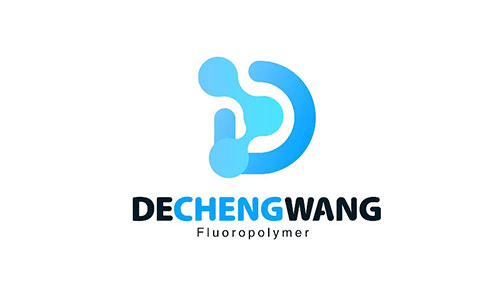
Customize Labyrinth Seals
Our capabilities extend to creating a unique labyrinth seal that’s peculiar to your needs. We communicate with you to know your application requirements, then create a distinct and effective labyrinth seal with premium performance.
Conclusion
The labyrinth seal is the best type of seal for applications that involve rotating equipment. This is because the seal has a non-contact design with a tortuous structure that makes it complicated for leakages, hence prolonging the service life of the equipment and ensuring safety during operation.
There are several labyrinth seal types and materials, and choosing the best for your application is essential to their performance. For an additional professional insight to purchase the best labyrinth seal for your application, you can contact us.

